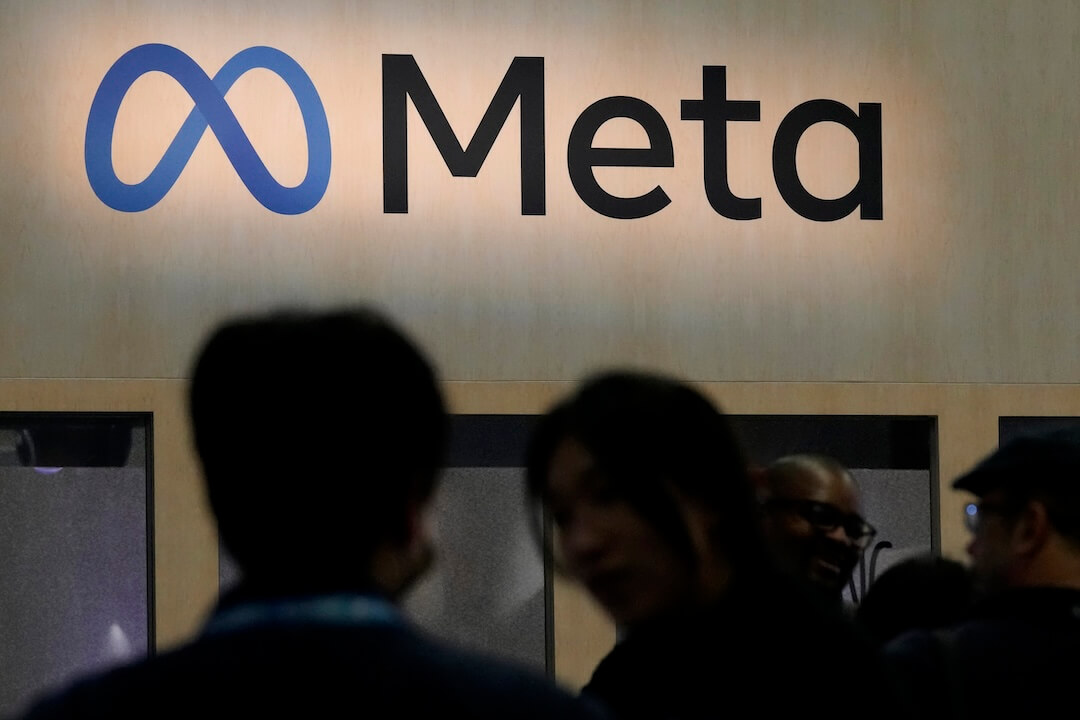WWNO
On the New Orleans radio show “Out to Lunch” Monday, Nola.com business manager David Francis said The Times-Picayune’s print circulation has gone up since it cut print frequency. “I will tell you that we’ve been pleasantly pleased with what we’ve seen since Oct. 1. when we launched the three-day-a-week newspaper,” he told host Peter Ricchiuti.
We’ve seen a significant growth on the online side … But also from a circulation standpoint the passion you talked about for the paper, in the 175 years we’ve been producing it, has resulted in actually an increase in our circulation. So those who were concerned about what this may mean to the community in terms of the local content they were used to getting from the Times-Picayune have found themselves embracing us again. So when we issued our first publication after we went to the three-day cycle we saw people’s attitudes and behaviors change. To the point now that we’re very satisfied and we’ve exceeded our targets in terms of circulation.
“What is required to do great journalism is not newsprint and ink,” Nola.com Editor James O’Byrne told Ricchiuti. “What is required to do great journalism is to have great journalists and give them the tools and the training and the necessary support to do their jobs well, and so far we’ve seen a lot of success on that front.”
When Ricchiuti asked how The Times-Picayune could make money by giving away the news online that it used to charge people to read in print, O’Byrne said, “The notion that … people used to pay for news and now it’s free is actually not true.”
What people paid for when they paid for a newspaper was the cost of delivering paper and ink to their door. The cost of fuel, the cost of paper, and the cost of ink and the labor costs to produce that hard copy of the newspaper and deliver it wherever you happen to be in the metropolitan area is what you paid for in your subscription. News has always been paid for by advertisers. We know that the advertising model in the digital space is not as robust as it is in the print space.
O’Byrne did allow that, “The digital revenue potential compared to the audience you have in the digital space is not as great as the print revenue you get for an equal number of print subscribers.” (Poynter’s Rick Edmonds evaluated The Times-Picayune’s business strategy earlier this year.)
Owner Advance’s strategy, he said, “is built upon the necessity to actually go where your audience is going … what advertisers buy is engaged audience. And if the engaged audience is moved into the online space you must move into the online space with them and figure out ways to engage them.”
When Ricchiuti cited Newsweek’s imminent end of print production and asked whether the Times-Picayune was “on the front end of something,” O’Byrne said:
We’re definitely on the front end of something. If you look at the trend lines for print, seven-day-a-week American newspaper journalism, it’s hard to project a long-term future for that. So every newspaper company in America to some degree has to grapple with what changes they’re gonna make in their business model for their long-term survival or choose not to have long-term survival and what changes they’re going to make for short-term survival. … I think we’ve come to realize as an industry that incremental change is not going to get us where we need to be, so part of the challenge, what we hear from other publishers and editors around the country, privately, is “Good luck we hope you make it. We want someone to show us a way out of this constant mode of decline. And if your business model is the one that shows the way, we’re all going to follow.”
They also talked about The Baton Rouge Advocate’s entry into the New Orleans market. “We know that roughly 30 percent of the market, a slightly older demographic, quite frankly, was not going to be inclined to move gracefully or easily onto the Web,” Francis said. “It would take some training, it would take some innovation to move them there… And so there will be an opportunity for The Advocate, I think, to fill a certain gap. The question is whether or not that’s economically viable on a short term and on a long-term basis.”
“People like to characterize The Advocate and The Times-Picayune as a newspaper war,” O’Byrne said. “To me it’s more a clash of philosophy because the Advocate will tell you in their own words that they have a print-first philosophy. We have a digital-first philosophy. … They think the present is print, and that’s the strategy they’re pursuing in New Orleans.”
Advance plans to reduce print frequency at its Harrisburg, Pa., and Syracuse, N.Y. papers, but has not yet announced whether it plans to do so at its papers in Oregon and Cleveland, where they just reached a new deal with the Guild.





